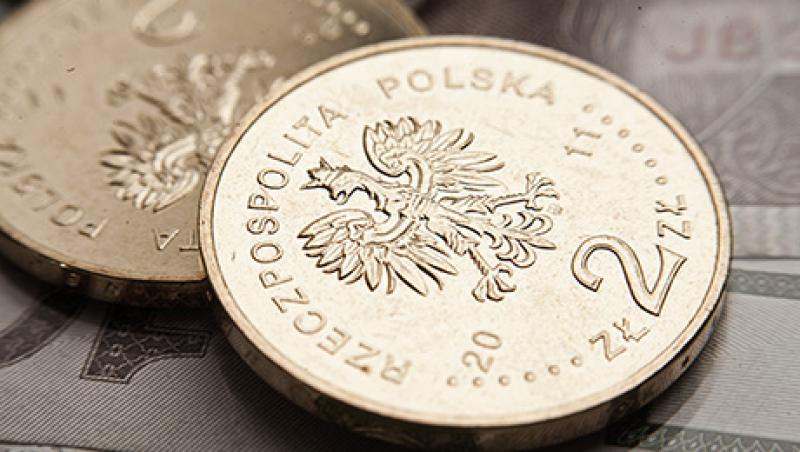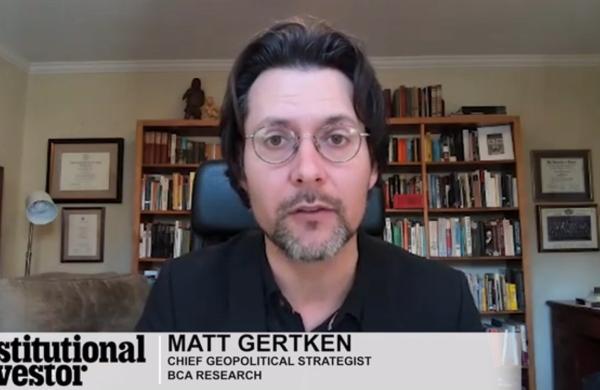In 2004 eight East European countries joined the European Union, with dreams of attaining the living standards of the existing EU members of Western Europe. Ten years later, Poland has made great strides toward achieving that dream, creating opportunities for investors.
“Poland is the most successful example of a converging economy in Eastern Europe,” notes Christian Petter, who specializes in Central and Eastern Europe for BNP Paribas Investment Partners in Vienna.
When the country joined the EU, Poland had a per capita gross domestic product about 30 percent of the EU average, on a purchasing power parity basis. Last year it reached $23,275, or 66 percent. Jacek Siwicki, president of Enterprise Investors, a Warsaw-based private equity firm, predicts that Poland will hit the EU average “probably in the next 20 years” — a forecast that, based on current trends, looks reasonable. “We as investors are clearly benefiting from this convergence,” he notes. Enterprise Investors closed its Polish Enterprise Fund VII last year after raising €314 million ($396 million). About two thirds of the fund will be invested in Poland, largely in sectors driven by the convergence of domestic consumption with that in Western Europe, such as consumer products and retail.
Poland’s economy grew 3.3 percent in the 12 months ended in June, and the European Commission forecasts growth of 3.2 percent for the full year, up from 1.6 percent in 2013. Although modest by the standards of the previous decade, that growth rate would be double the pace of the EU as a whole. Strong exports and domestic demand are driving growth. Much of this stems from the country’s relative political stability and, given that the country still uses the złoty, insulation from the euro crisis. But although Poland’s economic fundamentals look relatively rosy, the country is not exactly immune to the macro ills on its borders.
To the west is a weak euro zone. “Poland is, to a large degree, still captive to the fortunes of Europe,” says Angus Halkett, London-based portfolio manager, emerging-markets debt, at Stone Harbor Investment Partners, a $65 billion New York–headquartered fixed-income manager. For example, Poland remains the biggest recipient of EU Structural Funds and Cohesion Fund, distributed from richer to poorer EU countries every year.
To Stone Harbor and other dollar-based investors, the złoty-dollar exchange rate is crucial to returns. Given that the złoty is, de facto, a satellite currency of the euro, the złoty has recently mirrored the euro’s fall against the dollar. Because of a combination of currency weakness and low interest rates — which mirror the low rates in the euro zone — Stone Harbor is underweight in Polish bonds, traditionally one of the biggest plays in Central and Eastern Europe for global fixed-income investors.
The geopolitical stalemate between Russia and Ukraine has stunted trade with Poland and other countries to the west. “If you have a Polish business strongly dependent on Russia and Ukraine,” says Siwicki, it tends to stay under wraps from private equity and venture capital firms. “You don’t really show it around these days,” he continues. This applies even to domestic investors, says Petter: “What I see from our customers is that Polish investors have withdrawn from both domestic and regional assets.”
Petter also believes, however, that fears of the effect of the Russia-Ukraine crisis on the Polish economy have been overdone, presenting buying opportunities in equities. He notes that the Polish stock market has a trailing price-earnings ratio of 14. “This should be higher, given Poland’s economic growth and low government and consumer debt,” says Petter. Acting on the optimism about Polish prospects, BNP’s Parvest Equity Europe Emerging fund has holdings of roughly 4 percent of the portfolio in KGHM Polska Miedz, a copper and silver mining company, and another 4 percent in PKO Bank Polski, the country’s largest lender.
Given that many of the most attractive corporate opportunities in Poland are not listed companies, investors are increasingly turning to private equity as a way to tap into the economy. Mid Europa Partners, a London private equity firm specializing in Poland, Turkey and other Central and East European markets, thinks the increase in domestic demand presents strong opportunities in consumer goods and services, such as education, health and retail. “One of the sectors where we are active investors is food retailing,” says Zbigniew Rekusz, a senior partner with Mid Europa, who heads the London-headquartered firm’s team in Warsaw. “A growing middle class, with increasing disposable income, is buying high-quality goods.” The firm closed the Mid Europa Fund IV at €800 million in August.
Mid Europa owns Zabka Polska, the largest convenience store company in Poland, and it hopes to gain partly from the overall growth of the market and partly from increasing its share of it. As in many emerging economies, food retailing in Poland is highly fragmented, with about half of the market in the hands of mom-and-pop stores — which make for easy prey. “There are about 100,000 stores, and every year 5,000 to 7,000 of them go out of business,” says Rekusz. Zabka Polska, by contrast, has tripled its store numbers to 6,000 since its 2011 acquisition by Mid Europa.
Private equity investors with expertise in the region also see strong potential in export-focused businesses. Enterprise Investors acquired 100 percent of Danwood for €57 million in 2013. Danwood is a Danish manufacturer of prefabricated houses that was acquired in 2002 by Budimex, a Polish company that renamed itself Budimex Danwood in 2008 and four years later started to just use the Danish company’s name. “Five or ten years ago, Germans didn’t want to live in a house built by Polish workers, but now we no longer hide the fact that this is a Polish company,” says Siwicki. There’s also NordGlass Group, a manufacturer of windshields for the automotive, railway and shipping industries acquired in 2007 by Enterprise Investors, and BLStream, a software services company largely serving Western Europe in which Enterprise has made a €5.5 million venture capital investment. The growing attraction of Polish goods and services in Western Europe, as the country emerges from the Communist legacy of mediocre quality, represents a dramatic turnaround in its economy. Until recently, “The quality of Polish goods in the West was a sort of joke,” says Siwicki.
The foundation for Poland’s economic dream house is in place. Now the country just needs to hope that its neighbors stay off its lawn.
Get more on emerging markets.






